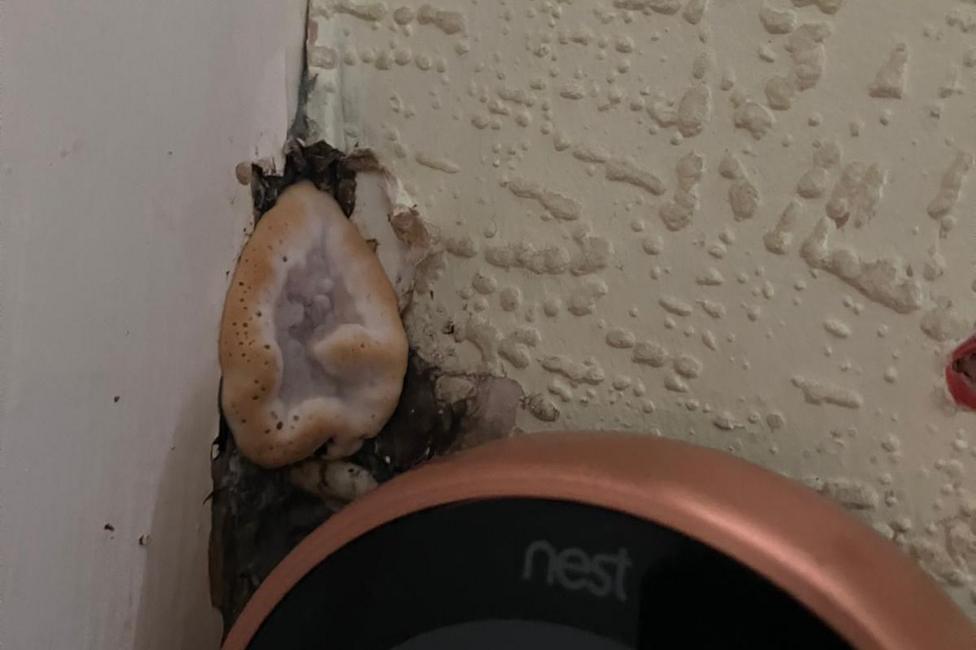United Kingdom
General community for news/discussion in the UK.
Less serious posts should go in !casualuk@feddit.uk or !andfinally@feddit.uk
More serious politics should go in !uk_politics@feddit.uk.
Try not to spam the same link to multiple feddit.uk communities.
Pick the most appropriate, and put it there.
Posts should be related to UK-centric news, and should be either a link to a reputable source, or a text post on this community.
Opinion pieces are also allowed, provided they are not misleading/misrepresented/drivel, and have proper sources.
If you think "reputable news source" needs some definition, by all means start a meta thread.
Posts should be manually submitted, not by bot. Link titles should not be editorialised.
Disappointing comments will generally be left to fester in ratio, outright horrible comments will be removed.
Message the mods if you feel something really should be removed, or if a user seems to have a pattern of awful comments.
view the rest of the comments

There is another thing that I sometimes talk about on here, breathability.
You either need to prevent any moisture moving in any direction, or allow vapor to move with breathable materials.
Ones that allow water vapor to move, but not liquid water.
Older buildings, where the original materials were breathable, should ideally continue to use breathable materials. This prevents issues with water wicking through one old surface, then getting trapped behind another. It also removes the risk of damaged or badly designed vapor barriers allowing things through, as the materials themselves help get the moisture out as a passive action.
I’m not aware of any insulation and rendering options that allow breathability of the sub structure. This is why any internal leaks need to be fixed and rising damp needs to be mitigated with DryRods.
Pretty much the only buildings that cannot be insulated without a massive amount of work is where the floor of the building is sitting in groundwater without a waterproofing membrane.
I like to think of it like a passive action that helps handle the smaller amounts of moisture (humans breathing, cooking, laundry), but also an action that helps reduce the problems of acute issues that occur. That way, when something does happen, there is at least a dampening effect while the leak is fixed.
Leaks and rising damp still need to be addressed, obviously.
Examples are things like vermiculite render on the outside, Steico/Wool batts as normal insulation.
The downside is, it's expensive. The insulation is only as good as fibreglass/rockwool, and costs about 3x as much.